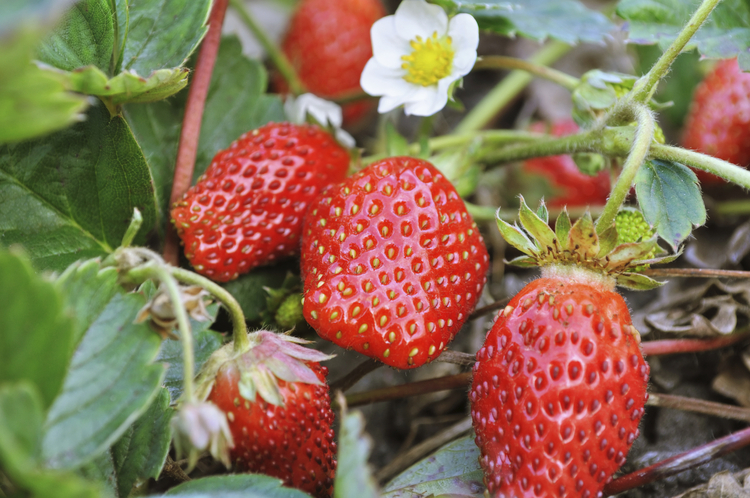
The Sunday Mail

Andrew Mangwarara
IN this day and age, nothing is more important than our health. With so many diseases such as cancer posing a real threat to life any food that offers promise of better health should definitely not be ignored.
Strawberries not only offer your family health, but can be a source of income for you as well. With most of the produce being imported and new legislation being crafted to limit all vegetable and fruit imports, strawberry is probably one of the many fruits to grow in your home garden.
This power packed fruit apparently has many health benefits amongst them boosting the immune system, helping in weight loss, fight cancer, reduce wrinkles, fight heart disease, reduce inflammation of the joints, blood pressure regulation, source of fibre, promoting good eye health and a good source of folate for pregnant mothers.
These health benefits are because of the many chemicals in strawberries, which are ellagic acid, lutein, zeaxanthin, anthocyannins, vitamin A, C and E, potassium, manganese, copper, iron, iodine and fluoride. The sum total of these amazingly makeup a strawberry, small but packed. However, it is unfortunate that a few individuals have allergic reactions to strawberries such as swelling of the mouth, itchy eyes and headaches amongst many.
The prerequisite requirement to grow strawberries is a well drained soil as water logged soils cause a lot of diseases. Strawberries also require a frost free site or garden. Growing strawberries organically is probably the healthiest option and these fetch good prices on the international market. Mix into the soil good amounts of well decomposed organic matter. Regular top dressing with liquid manure or ammonium nitrate and potassium sulphate is recommended at monthly intervals.
Practice crop rotation when growing this herb avoiding growing strawberries in the same patch after tomatoes or potatoes as these can transmit verticillium wilt to your plants. A pH range of 5.5 to 6.5 is preferable. Establish your strawberries early in the year from February to April. It is best to renew the plants every year so as to get the best yields. The recommended spacing for strawberries is 30cm in-row and 45cm inter-row on raised beds. Always mulch your plants with plastic or grass so that when you harvest your fruits they are clean.
Strawberries require a good supply of water and should be watered lightly frequently as they have a shallow root system. Avoid wetting the leaves when watering so a drip irrigation system is the way to do it. To plant your crop remove most of the leaves and trim the roots to about 10cm. You can start harvesting your strawberries after four months from the date of planting. Harvest when they turn red or when still green for distant markets. Expect a harvesting flush for about three weeks.
Scout your plants regularly so as to spot diseases or pests before they cause damage. Since strawberries belong to the rose family they are also very susceptible to attack by the same pests and diseases that plague roses. Common pests can be aphids, red spider mites, nematodes, white grubs, beetles and thrips whilst diseases range from wilts, mildew, blights, and root rots. Preventative sprays are recommended with good cultural practices such as rotation and using disease free planting stock. There are many varieties of strawberries such as Sulphur, Chandler, Pajero and Rolinda
Feedback: [email protected].



